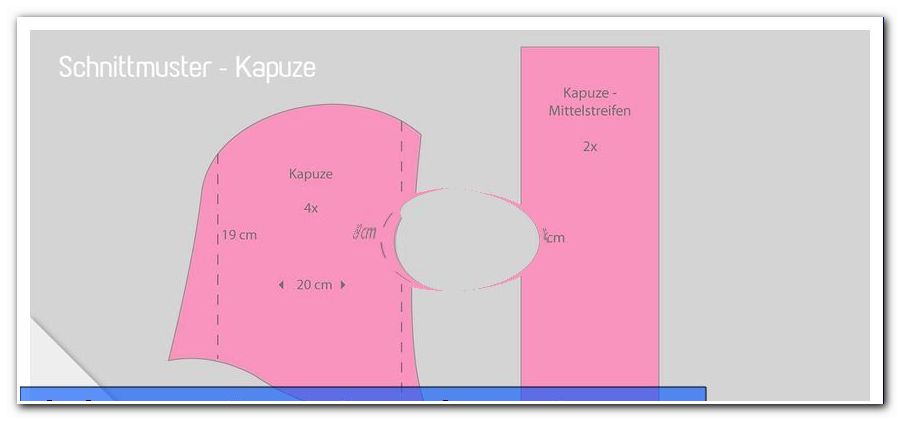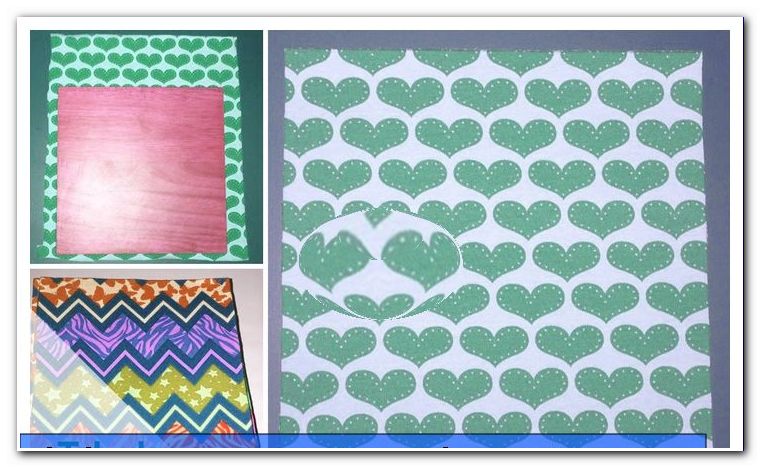Knit snood yourself: Instructions for a feel-good tube scarf

Whether as a gift or for you: knitting a cozy snood is fun. This wide tubular scarf has no annoying ends. On top of that, it loosens up simple sweaters and you can pull it over your head like a hood. In our instructions, we show you how to knit this wonderful feel-good accessory.
Knitting a snood yourself is a lot easier than you think! We show you a model with a roof tile pattern and a decorative rolled edge. The distinctive pattern consists only of right and left stitches, so you do not need any previous knowledge. Pick a soft wool, take a suitable circular knitting needle at hand and sink into cozy snood dreams for a weekend!
content
- Knit snood yourself
- yarn
- swatch
- material
- Instructions | Knit snood yourself
- Round roof tile pattern
- Possible variations
Knit snood yourself
yarn
Use a smooth thread to knit your snood yourself so the roof tile pattern is clearly visible. The scarf is pleasantly warm with a portion of new wool. If this is too uncomfortable for you on the skin, you can also use pure polyacrylic or similar synthetic fibers. In any case, make sure that the material is easy to wash.
You will find information on this on the sleeve . It also says what needle sizes the wool is suitable for. For a cozy winter scarf, size seven or eight is optimal. You can easily knit your first snood yourself over the course of a weekend. The tube scarf becomes correspondingly thinner with finer yarn and the knitting takes longer.
We knitted 150 grams of a yarn with 20 percent wool and a length of 170 meters per 100 grams with a needle size of eight. The run length indicates how many meters of thread a ball contains. Consumption may vary depending on the yarn you use. If you need several balls, make sure that they all have the same lot number on the banderole . This means that the strands were dyed in the same dye bath and thus have exactly the same color. Depending on the material and consumption, you should plan five to twenty euros to knit a snood yourself.
swatch
To get your snood the right length, you need a stitch test. Cast on a few stitches and knit a piece in the roof tile pattern described below. Note that the pattern is designed for rounds. To work it in rows, you need to knit in the second and sixth rows.
Measure how many stitches in a sample patch correspond to a width of ten centimeters. Leave out the stitches directly on the edge, because these would usually be larger and falsify the result. Put a tape measure around your neck and consider how relaxed your snood should be. If you are unsure: 70 to 80 centimeters is a good length. Calculate how many stitches you need to cast on. Round up the result if necessary, because the roof tile pattern requires a number of stitches that is divisible by two.
Calculation example:
14 stitches are ten centimeters wide in your stitch sample and the tubular scarf should be 80 centimeters long. Calculate: 14: 10 x 80 = 112 stitches. The number is already divisible by two, so cast on 112 stitches.
material
You need:
- 150-200 grams of yarn
- suitable circular knitting needle (approx. 80 cm long)
- Woolen needle for sewing

Instructions | Knit snood yourself
Cast on the number of stitches you calculated in the preparation on the circular needle. Thread a stitch marker or knotted thread on the needle and close the round. This means you always know later when a round is over.
Be careful not to twist the stop : the edge must run along the inside of the needle and must not wind around it. Otherwise the tubular scarf will be twisted, which cannot be corrected later. Learn how to knit in a circle with the circular knitting needle here: Knit in a circle: Knit in the round - DIY instructions.

Knit only 3 stitches for the edge. As a result, the edge curls up decoratively.

Continue working in the roof tile pattern until the scarf measures 27 centimeters (or appears wide enough to you).
Round roof tile pattern
1st round: knit all stitches

2nd round: knit all stitches

3rd round: alternate 1 stitch on the right, 1 stitch on the left

4th round: alternate 1 stitch left, 1 stitch right

5th round: Knit all stitches

6th round: Knit all stitches on the left

7th round: alternately 1 stitch left, 1 stitch right

8th round: alternately 1 stitch on the right, 1 stitch on the left

This is what your knitting looks like before the knitted rolled edge finish .

Finish the tube scarf with a rolled edge by knitting only right stitches as you did at the beginning. Then chain off all stitches.

Sew all the threads and your self-knitted snood is ready !

Possible variations
1. Knit your snood in a different pattern . You can find ideas here, for example: Knitting patterns for scarves: 10 free patterns. Remember to adjust the patterns designed for row knitting for rounds. You can find out how this works in this guide: Knit in a circle: Knit in the round - DIY instructions.
2. Omit the rolled edge or work a ribbed cuff instead. To do this, alternately knit a right and a left stitch in the first and last rounds.
3. Knit a striped snood by changing color every few rounds.




